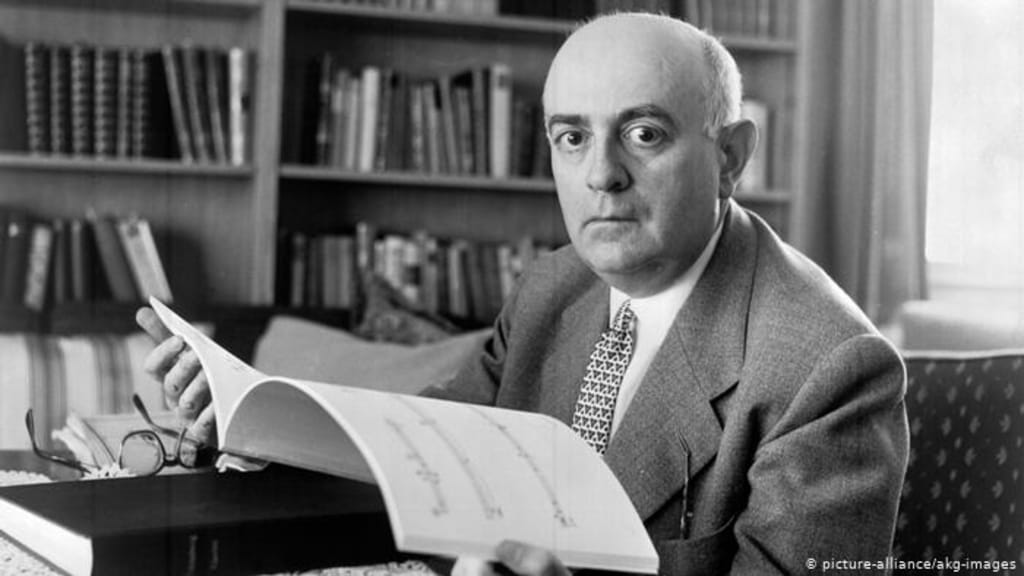On the fetish character of music & the diminishing or listening
or Adorno in Bollywood

Theodor Adorno, a theorist of the Frankfurt School, in the first essay of ‘Culture Industry’ depicts the place of listening in human culture to be sparked and contained by music. A romantic and excessively civilized imagination to be sure as the common tongue is sure to reach ears. The phrase he uses is that music is the ‘impulse and the locus of its (civilization’s) taming’. The symbols used to depict the effects that music produces are drawn from ancient Greek myth – Pan’s flute, Orpheus’s lyre and the Maenads dance. These represent to Adorno, the influence that music may once have had and may perhaps be diminishing. Pan the satyr shepherd guiding his flock with his pipes, Orpheus subduing the frenzy of wild beast with the lyre and the Maenads risen to delirium consuming flesh which is incarnating the divine. It is doubtful how soundly the last example may be represented by the term music however.
This disciplining function of music nonetheless entails a call to listen, and indeed obey its sensibilities. The mass production and commercial distribution of music was facilitated significantly by the invention of the disc phonograph. With reception no longer bound to sites of performance such as auditoriums or theatres, an aficionado could walk to a store and buy a record of its shelfs. Radio broadcasts of music had become common by now (post-1930’s) and Adorno tries to come to terms with what appreciation may come to mean when a product becomes ubiquitous. The sentence deployed is ‘The familiarity of the piece is a surrogate for the quality ascribed to it.’ A person is depicted to be ‘hemmed in by musical goods’ (perhaps representing his own experience in encountering the American public sphere - escaping Europe).
In this milieu, surrounded by a maelstrom of sounds he says that it is difficult to distinguish as to who is really entertained by that which is for entertainment. Music, mechanically reproduced and made ever-present reduces the listener to silence. One can see here already the role that entertainment comes to command as it permeates the dictions of everyday apprehension reducing the human subject to a bemused and intoxicated docility. As put, - if nobody can speak then certainly no one can listen.
From a critical perspective, it is difficult not to read in here a transcription of the ancient Platonic denial of expression to the poets and the regimenting of music into ‘warlike’ tones invoking bravery and determination. Closer home - when speakers in public gathering blare the rap emerging in our country – the likes of Raftaar and Honey Singh - they form a generic ring around the established tradition of Bollywood item numbers that our cinema has been producing over the years.
The very stage where the characteristic romantic dance takes place visualizes this spatially – the heroine alluringly sways in the center, suggestively beckoning her beloved while she is either surrounded by or framed against a background of generic male backup dancers.
The price that the usually male protagonist has to pay in expressing his desire is to address precisely such an assemblage - a couple calling to each other amidst accompanying men and women dancers who are simply not characters in the plot. The couple are unable to consummate their love and croon about it. The accompanying dancers simply mimic to a large extent the lover’s steps– and the audience mostly remembers the song which in any case is not the work of the actors, as it distracts them from an extremely prosaic interlude in the narrative of the film.
26.08.2020, Wednesday, Hyderabad
About the Creator
Enjoyed the story? Support the Creator.
Subscribe for free to receive all their stories in your feed. You could also pledge your support or give them a one-off tip, letting them know you appreciate their work.






Comments
There are no comments for this story
Be the first to respond and start the conversation.